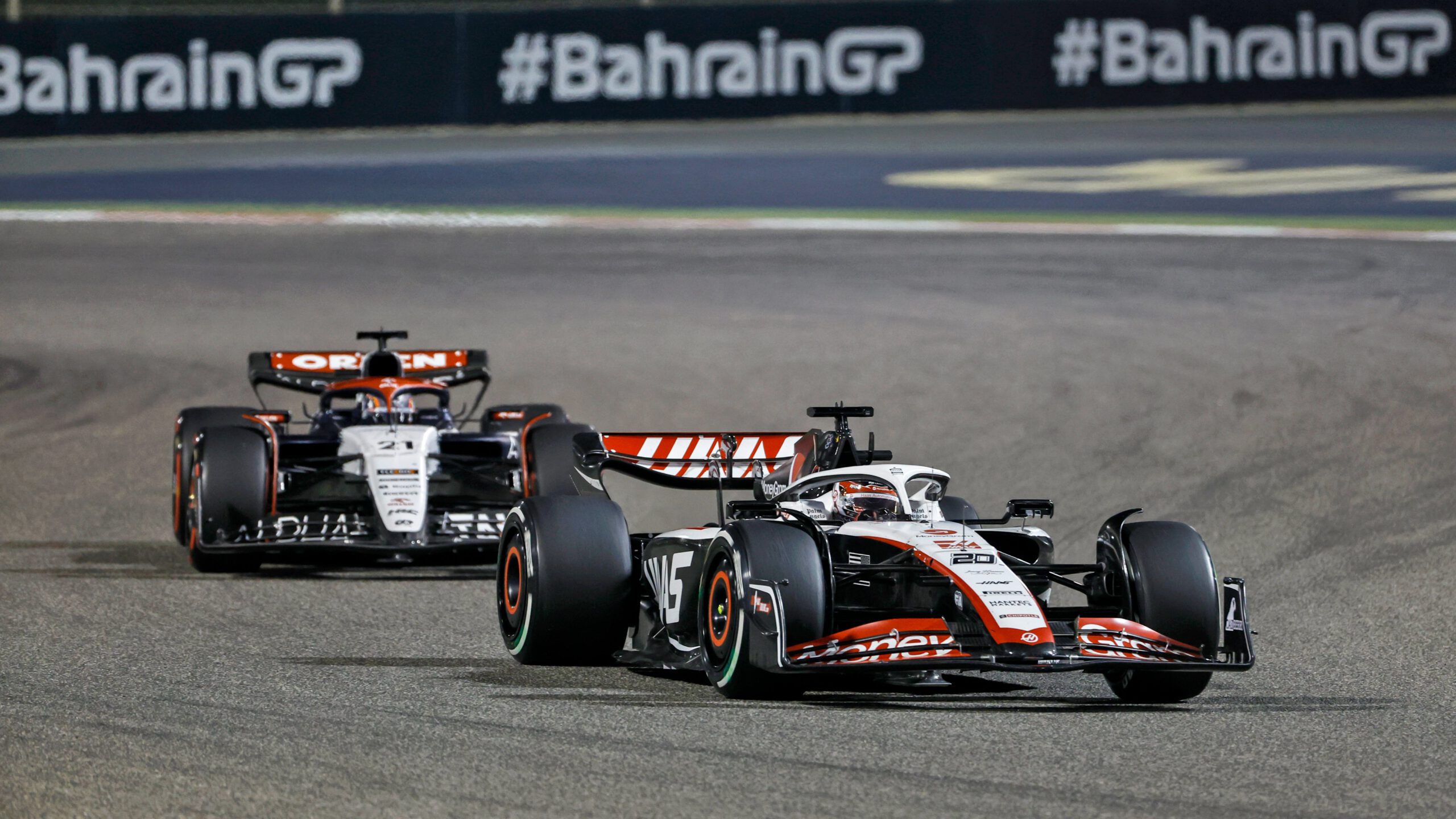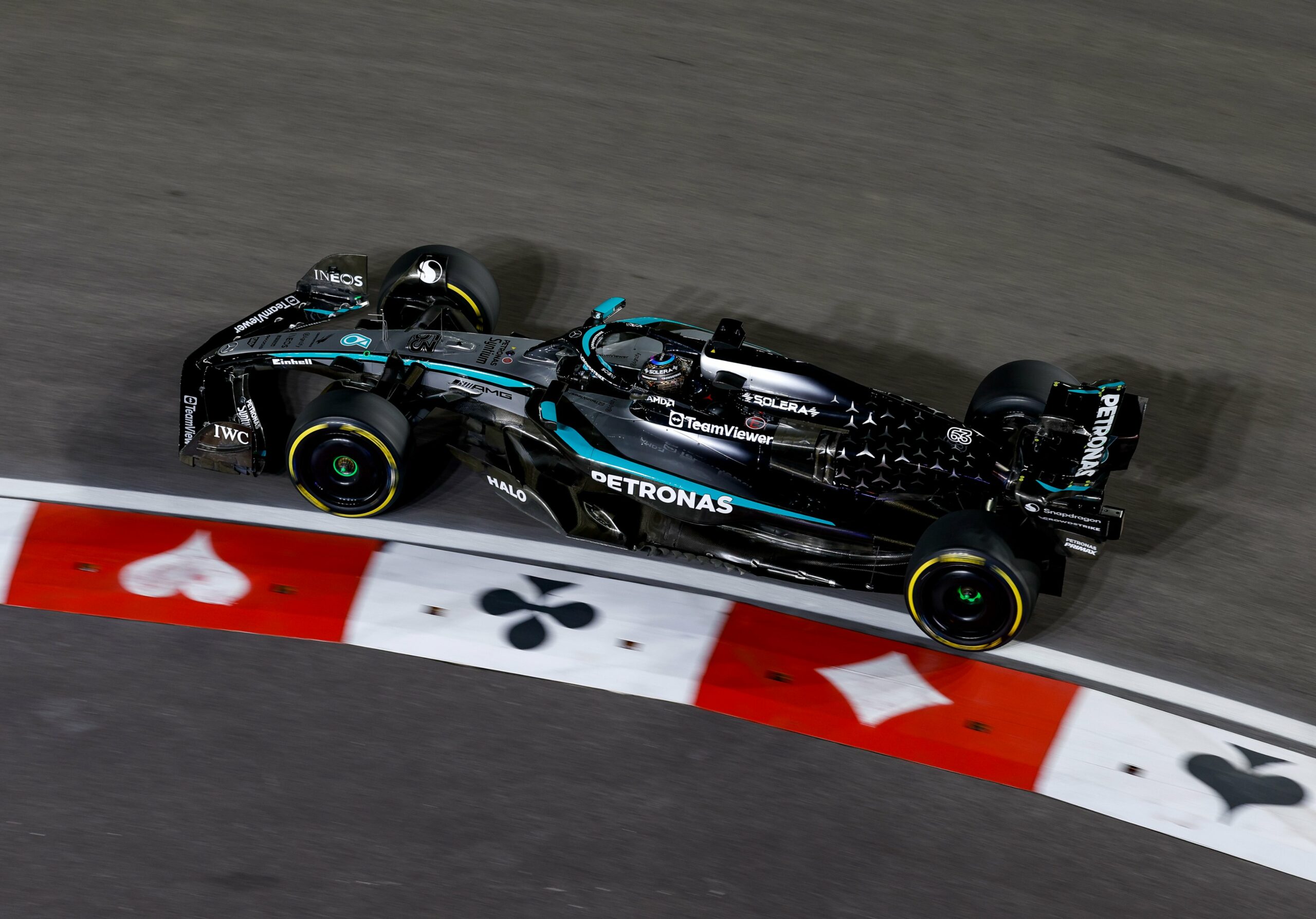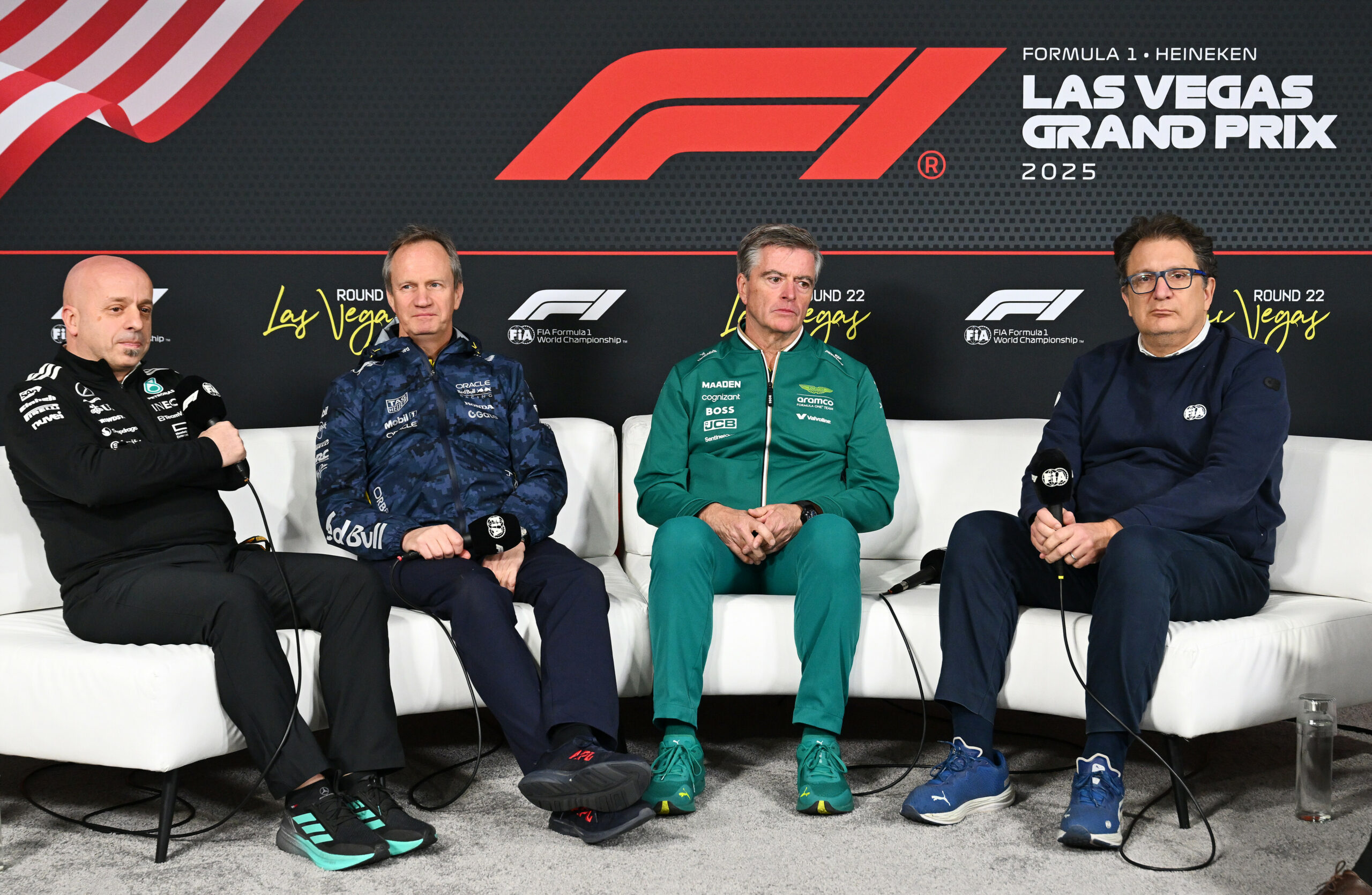It’s been somewhat of an up and down 2023 F1 season for Haas and its drivers so far, but some data analysis shows the team is in a much better place with its car already than in 2022 and is set to build on that with increased budget and investment over the course of the year.

Photo Credit: MoneyGram Haas F1 Team
Haas is a team that is no strange to having some very contrasting ups and downs over the course of their time in Formula 1, and a quick look at the points standings and the race results would suggest a continuation of that in the first five races of the 2023 season. But that is categorically not the case. In this review, we’ll take a close look on the data available from the first five races of the 2023 season.
‘Hulkenback’ strikes in full force in the early part of the season, but the results didn’t show it
Nico Hulkenberg’s return to a full-time F1 drive after three years doing reserve driver duties was one of the main storylines ahead of the 2023 season, and the German didn’t disappoint in his return. A stunning qualifying effort saw the 35-year-old comprehensively out-qualify his team-mate Kevin Magnussen – who was eliminated in Q1, down in 17th – by a margin of over 0.6s, with the German eventually getting through to the final part of qualifying and slotting his VF-23 in 10th place.
But whilst Hulkenberg was wary of a possible drop in race pace due to tyre degradation, however contact on the first lap with Alpine’s Esteban Ocon caused severe front wing damage and elevated his issues, and the German dropped like a stone, finishing the race down in 15th, with Magnussen similarly struggling two places ahead.
The second round in Jeddah saw the drivers much more closely matched in their qualifying pace, but the team overall lacked the edge that it had in Bahrain and couldn’t make it through with either car, with Hulkenberg lining up P11, two spots ahead of Magnussen – with the gap between the pair being under 0.1s.
Sunday saw both drivers show strong pace, with Magnussen ultimately claiming the team’s first points finish of the season in 10th place after a race-long battle with Yuki Tsunoda. At the time Magnussen said the team made “good steps” with tyre degradation and performed much better than in Bahrain – a sentiment echoed by Hulkenberg, who crossed the line in P12.

Photo Credit: MoneyGram Haas F1 Team
Magnussen’s pain was Hulkenberg’s gain in Australia – but it could’ve been much more
In Melbourne, Haas once again showed impressive qualifying speed, and Nico Hulkenberg made the most out of it while Magnussen struggled to match his pace. The German got comfortably through to Q3 and out-qualified 14th-placed Magnussen by over 0.8s, a margin similar to that of Bahrain. The Dane admitted afterwards that “the car was good, but I messed up the lap when it counted”.
Race day saw the two drivers make a similar one-stop strategy going from medium to hards, but an ill-timed pit stop for Magnussen, who pitted from 11th just a few laps before a red flag for Alex Albon’s stricken Williams, gave Hulkenberg and other drivers an advantage as they changed tyres during the race suspension. From there, Hulkenberg was able to make his way and stay in P8 for most of the race before being overtaken late on by Lando Norris’ McLaren. The German was holding on to a ninth-place finish, until a dramatic crash for Magnussen, who was running in a distant 12th on lap 54 changed the course of the race.
The Dane smashed the rear-right tyre of his VF-23 against the wall on the exit of turn two, breaking the wheel rim and causing a safety car that would then turn into a red flag. With all the drivers going for it on the final restart, a lot of incidents unfolded, with Lance Stroll, Fernando Alonso, the two Alpine cars, Nyck de Vries and Logan Sargeant falling by the wayside on the late restart. This allowed Hulkenberg to jump up to fourth place before the race got red flagged for a third time.
But as not all cars had crossed the safety car line 2 by the time the red flags were waved, the grid was reshuffled to the previous order (minus the two stricken Alpine cars), meaning Hulkenberg could ‘only’ take 7th place – a very positive result, scoring all his six points from the 2023 season and the only time he finished ahead of Magnussen on race day so far.

Photo Credit: MoneyGram Haas F1 Team
Baku didn’t prove to be fruitful for the American team, as it failed to progress from Q1 with both cars in from Friday’s qualifying Q1 – Hulkenberg again with a sizeable margin over Magnussen (over 0.6s), but only one place ahead of the Dane in 17th – and failing to score points on either the Sprint or the grand prix. Hulkenberg pointed out the team made some setup experiments which didn’t quite work for him and caused incredibly high tyre wear, whilst Magnussen explained the DRS on the VF-23 wasn’t as efficient as the competitors around, making it difficult to progress in the race.
Magnussen shines and Miami upgrades bring a sign of things to come for Haas in 2023
Haas brought an updated floor to the fifth round in Miami GP, the first in a series of major updates the team plans to do throughout the 2023 season – a stark contrast to the last few seasons, in which the team had little to no development over the course of the year due to budget constraints.
This will be made possible partly by fresh investment from their new title partners MoneyGram, with team principal Guenther Steiner revealing before the season that this will be the first year in which Haas will be able to spend all of the allowance of the budget cap.
And the Miami upgrades were immediately effective, as Kevin Magnussen qualified in a stunning 4th place in Haas’ first home race of the year – although slightly helped by the circumstances after Charles Leclerc’s crash caused a red flag that negated several drivers – including Max Verstappen – a final qualifying run. His team-mate Hulkenberg rued traffic issues on his final Q2 lap and could only manage 12th on the grid.
Magnussen had a difficult start and couldn’t hold on to his lofty starting position, dropping down to seventh early on and engaging in what was almost a race-long battle with Ferrari’s Charles Leclerc, before the Monegasque eventually got through and pulled away. He lost a further few places to cars on the alternative strategy, finishing the race in 10th and grabbing his second point of the season.
Hulkenberg wasn’t able to make much progress despite starting on the hard tyres, and could only manage a 15th place finish, in what was another case of the German struggling to make the most of race days in the 2023 season.

Photo Credit: MoneyGram Haas F1 Team
After five races, this is how Hulkenberg and Magnussen stack up:
QUALIFYING*:
Hulkenberg leads Magnussen in the head-to-head by 4-1, and averages 0.485s faster than the Dane. However, he wasn’t able to convert it into the team’s best result, as that belongs to Magnussen’s formidable fourth on the Miami grid. *Excluding Sprint Shootout.
Qualifying position: Hulkenberg 4 – 1 Magnussen
RACE*:
Race day paints a much different – almost reversed – picture for the two drivers, with Magnussen leading Hulkenberg 4-1, with the Dane averaging a finishing position of 12.6 and the German at 13.2. However, Hulkenberg’s strong points tally in Australia means he has three times more points than Magnussen.
Finishing position: Magnussen 4 – 1 Hulkenberg
Points: Magnussen 2 – 6 Hulkenberg
How is the team performing compared to the first five races of 2022?
The short answer is: very well. A quick number crunching shows Haas have been doing much better in 2023 relative to its competitors, despite scoring less points than this time last year.
By the time F1 completed race five of 2022 in Miami, Haas was sat in 8th place in the constructors’ championship with 15 points. In 2023, it stands in 7th place with eight points. This paints a picture of a season in which the lower teams have more difficulties to score points thanks to a very stablished top four teams (Red Bull, Ferrari, Mercedes and Aston Martin).
However, as the data from the first five qualifying sessions shows, the team’s VF-23 is a much-improved challenger compared tp its predecessor. Comparing the best qualified Haas to the fastest time in the session which are comparable (i.e., if the best Haas was knocked out in Q2, we will compare it to the fastest Q2 time, in order to reduce track conditions and weather variability), the data shows that the Haas is much closer to the front of the grid than this time 12 months ago:
This paints a positive picture that team will be able to move forward in the coming races, and with increased investments and a driver line up that when all things align can produce stellar results, things are looking a lot brighter for the only American team on the grid compared to 2022.




